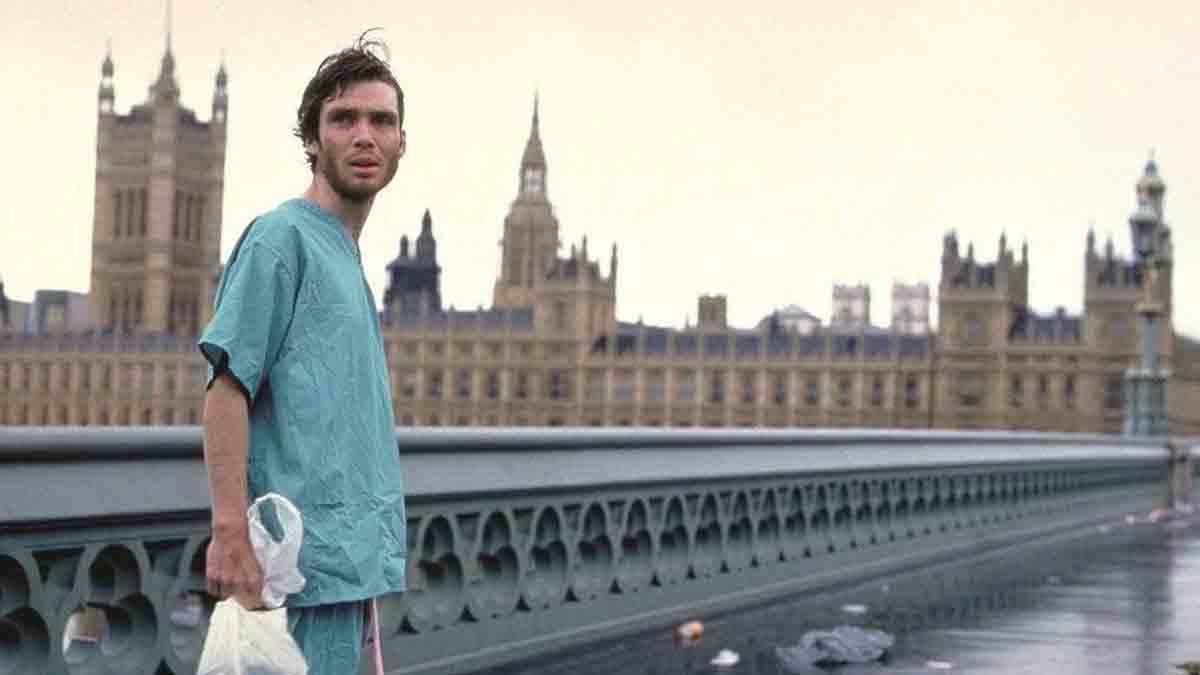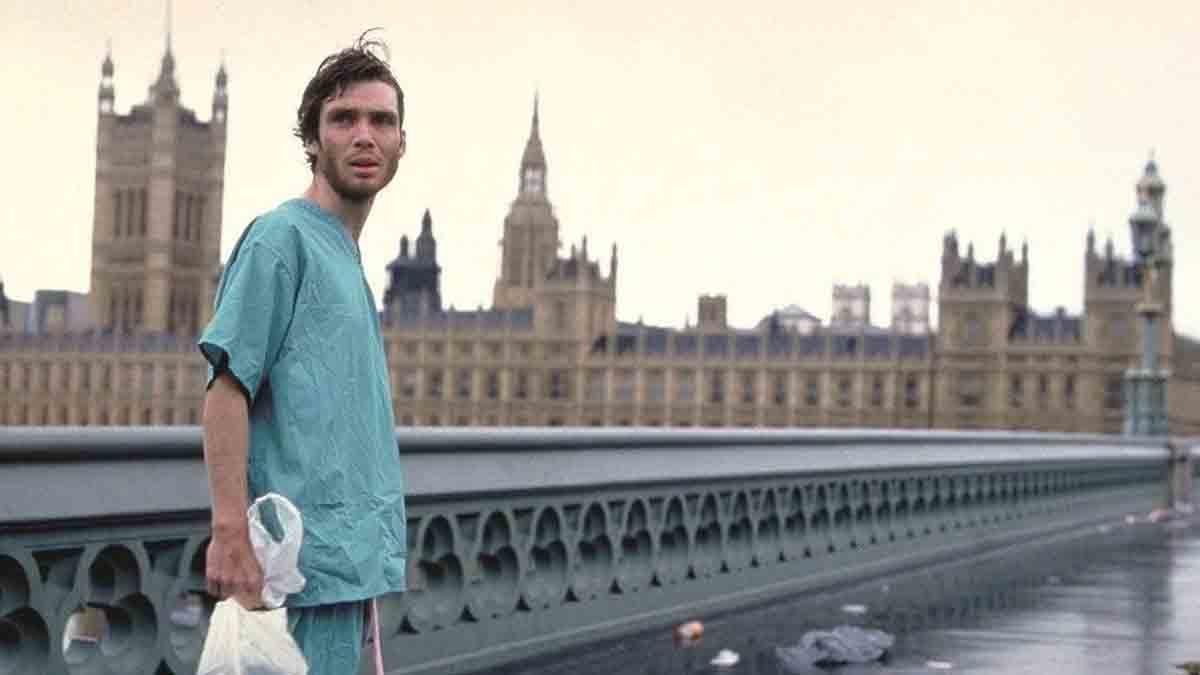
28 Years Later follows in its predecessors footsteps, with the original film having been shot on digital camcorder.
For fans of 28 Days Later, there is a lot about the upcoming sequel 28 Years Later to be excited about. Not only have fans of Danny Boyle‘s original horror movie long wanted a third chapter in the popular franchise, but two additional films are in the works and now, there’s one more thing to add to the list. According to Wired, 28 Years Later was filmed using an iPhone 15 Pro Max, following in the footsteps of 28 Days Later in that it was also filmed on unexpected and somewhat nonstandard technology.
According to the report, the film — which concluded production in August — was filmed on the iPhone, albeit with some additional equipment, including a cage with lens attachment adapter that would allow for the use of different lenses for filming. Per Wired, filming on the movie took place too early for production to get the new iPhone 16 series, hence it being filmed on the 15 Pro Max, and that the film’s staff had been asked to sign NDAs to keep the detail about the iPhone a secret.
What makes this particularly interesting is that 28 Years Later being shot in iPhone is far from the first time a film in that franchise used nonstandard and unexpected technology to film. For 2002’s 28 Days Later, Boyle and cinematographer Anthony Dod Mantle shot that film with a Canon XL-1, a digital camcorder that was pretty high tech and innovative for its time (the camera was initially released in 1998) and featured interchangeable lenses and recorded data onto MiniDV (digital video) tapes. The use of the Canon XL-1 for filming 28 Days Later was not only likely a good choice in terms of budget, but because of the size of the camera — it was smaller and much more maneuverable than more traditional film cameras — allowed production to make better use of the brief time available to shoot in locations within London at times when there wasn’t traffic or pedestrians. It also led to the film having a unique look befitting what one might expect from a real zombie apocalypse, in part because it was filmed on technology somewhat available to general consumers at the time.
While not much is known at this point about the plot of 28 Years Later, it is very possible that using an iPhone to shoot this film will lend a sense of reality to things as well. With the film, based on its title, being set 28 years after the first film, one could argue that the visual quality of something shot on a smartphone (albeit with enhanced lenses) would look more like it belonged in our world (we won’t get into discussions of whether phone and camera technology in a world in which the Rage virus exists would have evolved quite the same way as it has in our world, but hey, it’s certainly possible.)
Interestingly, 28 Years Later, while it will be the biggest movie to date to be filmed with a smartphone, it certainly won’t be the first. Stephen Soderbergh’s Unsane and High Flying Bird were both shot on iPhone as was Sean Baker’s Tangerine.
Starring Jodie Comer, Aaron Taylor-Johnson, and Ralph Fiennes 28 Years Later is currently set to open in theaters on June 20, 2025.
